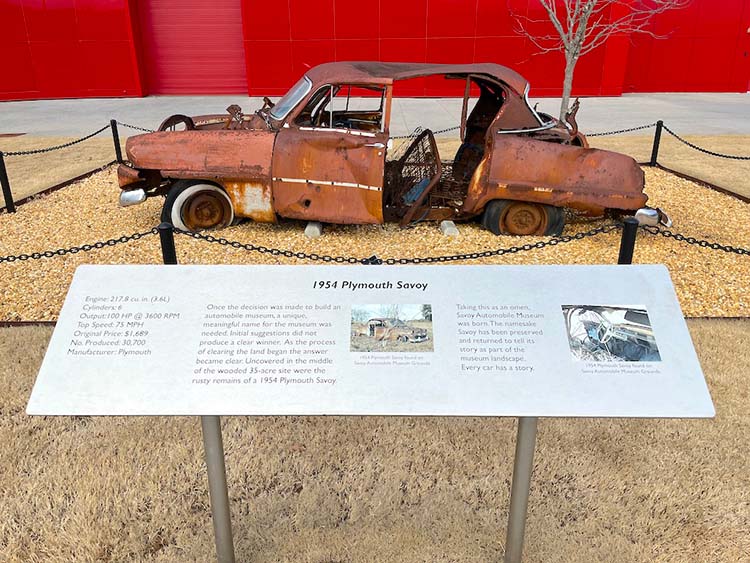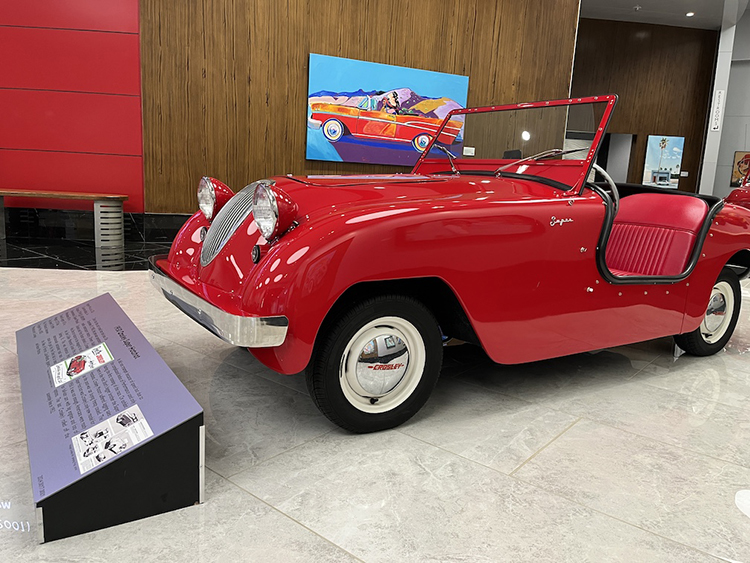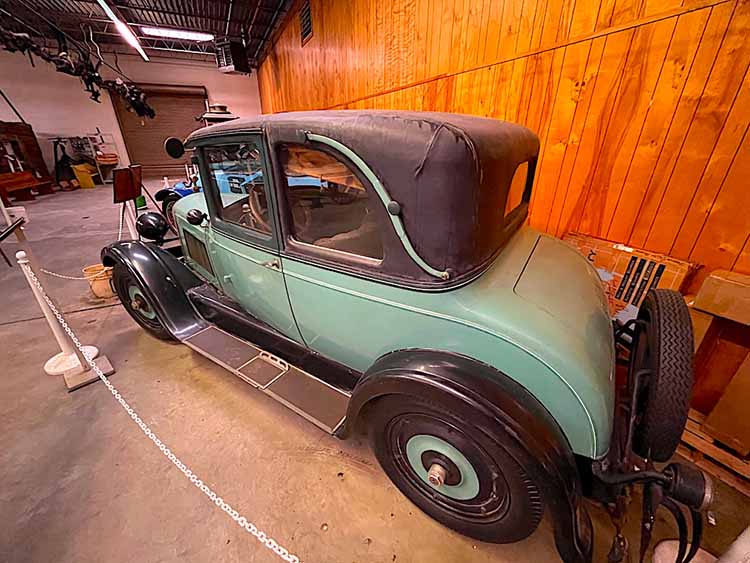
By Tom Adkinson
Nov 21, 2025
 |
|---|
| The light-blue convertible in which President John Kennedy was shot was painted black and put back in service for three more presidents. Image by The Henry Ford/Gary Malerba |
Presidential limos on display at Henry Ford Museum
Expect top-notch display and attention to detail at the Henry Ford Museum of American Innovation in Dearborn, Mich., where cars are only a small portion of what’s on display. Among its vehicles is a collection of presidential limousines, including one seared into the American psyche – the limo in which President John Kennedy was riding when he was assassinated in 1963.
A surprise to many visitors is that the limo is a black hardtop, not the blue convertible made famous in the Zapruder assassination film. The 1961 Lincoln Continental, which cost $200,000 to build, was painted black, roofed, and enhanced with bullet-resistant glass before going back in service. It stayed in service until 1977 and carried Presidents Lyndon Johnson, Richard Nixon, and Jimmy Carter.
Other presidential limos here include President Franklin Roosevelt’s “Sunshine Express,” a 1939 Lincoln Model K. It was the first parade car modified for presidential use. It was not fortified until after the start of World War II. The White House leased the presidential Lincolns from Ford Motor Co., and the cars returned to the company at the end of the leases.
 |
|---|
| Near the presidential limos at the Henry Ford Museum is an early-model Corvette and a tribute to the American road trip. Image by Tom Adkinson |
Waiting for new models at the Savoy Automobile Museum
The Savoy Automobile Museum in Cartersville, Ga., delivers reasons to detour off I-75 north of Atlanta several times a year. While the museum displays some vehicles from the founder’s collection, it is not dedicated to them. Instead, four of the five galleries in the 60,000-square-foot facility showcase constantly changing exhibitions of vehicles from many museums. Every month has something new.
 |
|---|
| This rusted out hulk, a 1954 Plymouth Savoy, became the naming inspiration for the Savoy Automobile Museum and its much prettier vehicles. Image by Tom Adkinson |
“Every car has a story, whether it had significance in American history, was notable for its manufacture or was a player in a bigger event. Telling those stories is what the Savoy is about,” said Tom Shinall, director of development. For instance, the sleek 1937 Cord Beverly at the museum for part of 2024 drew attention not just for its beauty, but for its pop culture backstory – the Cord Phantom Corsair was the cartoon blueprint for what became the Batmobile.
The fact that every car at the Savoy Automobile Museum has a story explains why the first car visitors see isn’t a clean, shiny, and impressive museum piece. Instead, it’s a derelict, rusted-out hulk of a 1954 sedan. That vine-covered wreck was uncovered on the construction site when the museum still didn’t have a name. The car – a Plymouth Savoy – delivered the name for the new attraction.
Finding treasures at the aptly named Old Car Museum
The Beach Boys come to mind more so than Henry Ford, just a few steps inside the Old Car Museum in Union City, Tenn. The first line in the Beach Boys hit “Surf City” is, “We bought a ’34 wagon and we called it a woodie,” and a later-model woodie is one of the treasures in a museum that is an adjunct to Dixie Gun Works, a highly successful business catering to the black powder muzzleloader shooting community.
 |
|---|
| This sporty number, a Crosley Super Hotshot, won America’s first internationally sanctioned road race, beating Ferraris, Jaguars, and Aston Martins. Image by Tom Adkinson |
The interest in antique guns came first for local businessman Turner Kirkland, but his hobby of buying old cars blossomed along with his primary business. The car collection features 36 vehicles and hundreds of miscellaneous car parts such as lights, horns, and accessories, Kirkland bought at flea markets in America and Europe.
 |
|---|
| This 1942 Woodie was one of only a few made as World War II started and automobile plants began making military vehicles. Image by Tom Adkinson |
The first car Kirland bought for the museum was a 1928 Victoria Studebaker that was famous in Union City because, for 30 years, it was the vehicle the local fire chief drove to fires. Perhaps as a tribute, a hand-cranked siren is attached to a museum pillar with a sign that says, “Give it a twist.” It still works – and loudly.
 |
|---|
| The fire chief in Union City, Tenn., sped through town in this turquoise 1928 Studebaker for 30 years. Image by Tom Adkinson |
The museum’s most historic car is a 1924 Marmon touring car, which museum literature says is “one of the finest cars ever produced in the United States.” Its local connection is that it was owned by Reagor Motlow, the last family president of the Jack Daniel’s Distillery, when he lived in Union City in the 1920s. Another car of note is a 1972 Edsel that Kirkland’s father-in-law owned. The Edsel, of course, was one of Ford’s dramatic design failures.
Trip-planning resources: TheHenryFord.com, SavoyMuseum.org, and ObionCounty.org
(Travel writer Tom Adkinson’s book, 100 Things To Do in Nashville Before You Die, is available at Amazon.com.)
